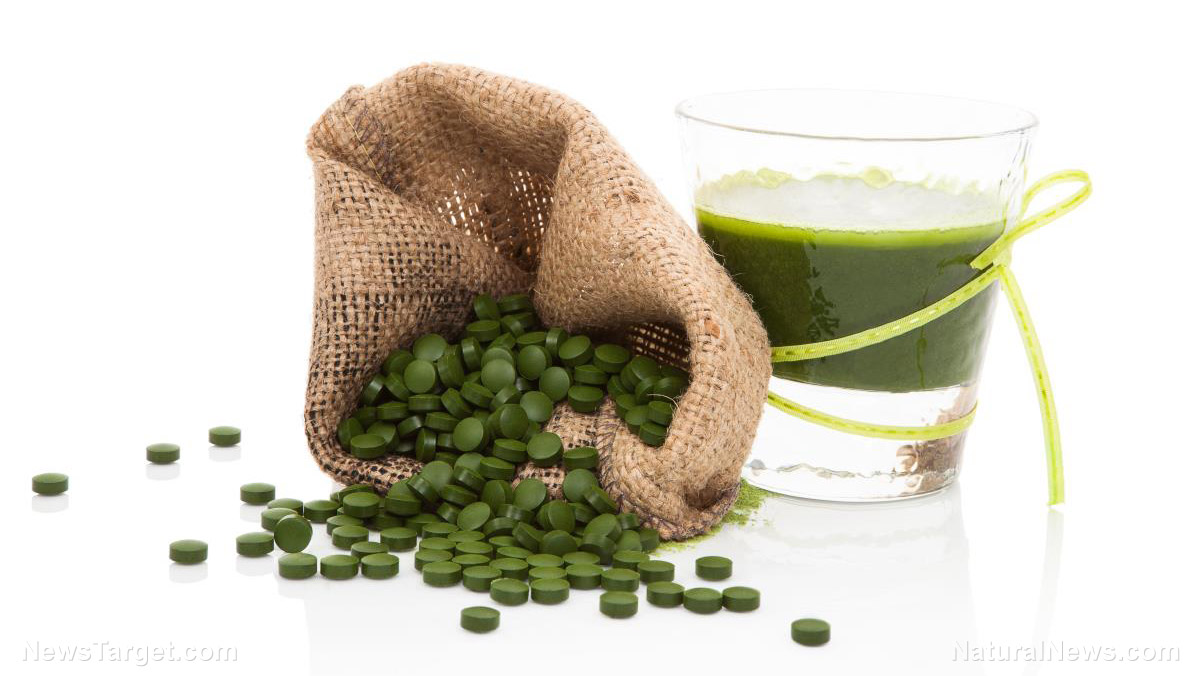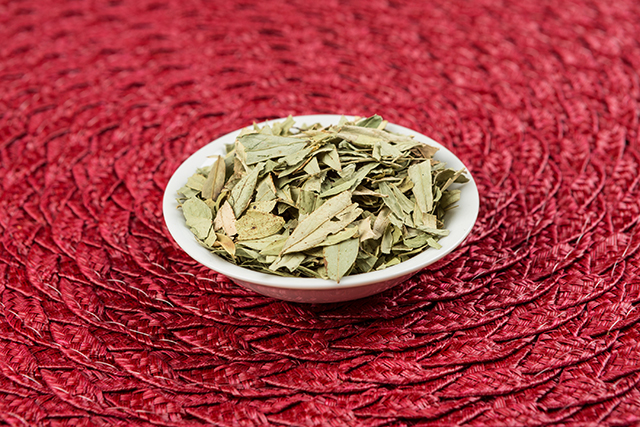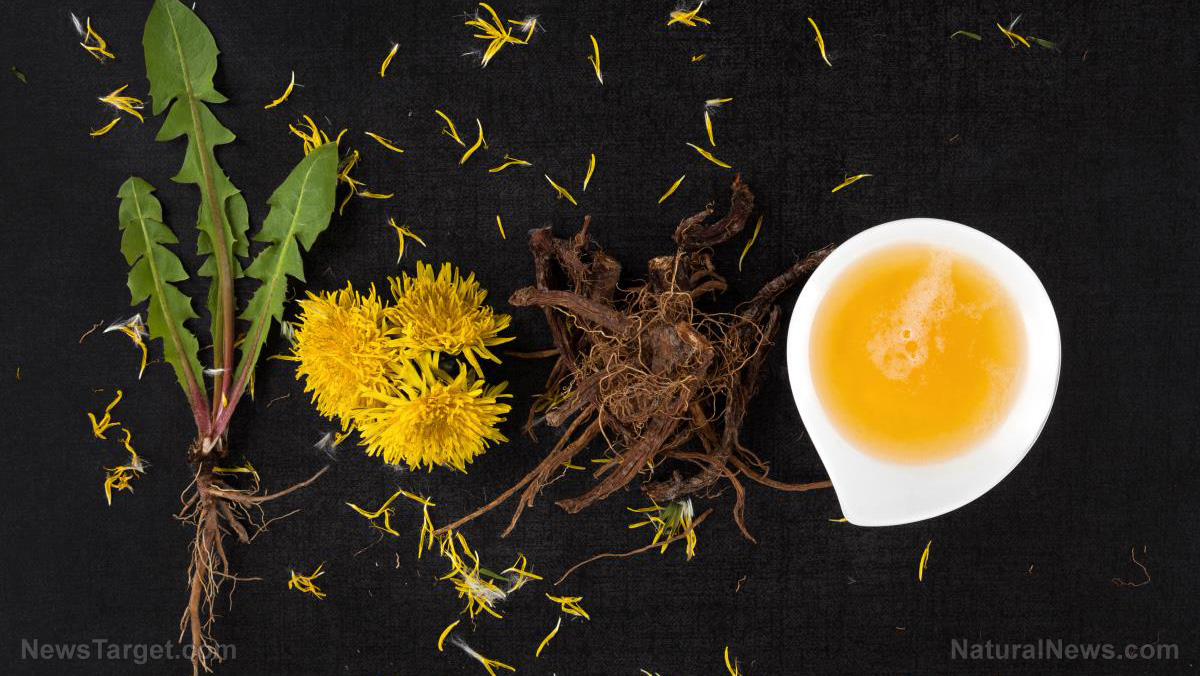Researchers study this unknown Chinese herb for its potential anticancer properties
11/28/2018 / By Ellaine Castillo

For the longest time, Rhus punjabensis was already used in traditional Chinese medicine practices. However, no previous studies have been done to determine why it can be used for such purposes. A group of researchers from Quaid-i-Azam University in Pakistan was the first to show that R. punjabensis contains different bioactive compounds that contribute antioxidant, anticancer, antileishmanial, and antimicrobial activities.
The Rhus genus of flowering plants is commonly used for treating diseases, such as diarrhea, dysentery, sore throat, eye infections, and liver disease. R. punjabensis, specifically, has been used for treating hepatitis in the region of Karak, Pakistan. However, the lack of scientific proof regarding its effectiveness hinders the potential spread of its use.
In this study, which was published in BMC Complementary and Alternative Medicine, researchers made use of different in vitro experiments to reveal the medicinal properties of the R. punjabensis extracts. These extracts were acquired from the leaves and stems of the plant.
The researchers first evaluated the antioxidant potential of R. punjabensis based on free radical scavenging activity, reducing power, and total phenolic and flavonoid content. Results showed that the extracts had high phenolic and flavonoid content. Using high-performance liquid chromatography, they were able to determine that the flavonoids present are glycosides, flavone aglycones, and gallic acid. The presence of these bioactive compounds is believed to be the reason why the extracts exhibited high reducing power and free radical scavenging activity. These results were in line with previous observations on other members of the Rhus genus.
Cytotoxic activity was also determined using brine shrimp lethality assay, which is commonly used for the determination of antimicrobial, antitumor, antifungal, antimalarial, molluscicidal, larvicidal and insecticidal activities. The results were expressed as LC50, which is the lethal concentration needed to kill 50 percent of the population. Researchers discovered that the LC50 of R. punjabensis is lower than the previously determined LC50 of R. lancea, which means that R. punjabensis has more potent cytotoxic activity. This cytotoxic activity was also observed to work against leishmanial promastigotes, showing that R. punjabensis has antileishmanial activity.
R. punjabensis also exhibited significant kinase inhibitory potential. This property is important since kinases have been associated with cancer cell formation and the pathogenesis of other diseases. Additionally, R. punjabensis extracts also exhibited cytotoxic activity against leukemia cells, which could potentially be attributed to the aforementioned kinase inhibitory activity, as well as the presence of flavonoids. (Related: Children should eat more veggies: A flavonoid found in them reduces the risk of eye cancer.)
Many members of the Rhus family exhibit potent antibacterial potential and based on tests for antibacterial activity, R. punjabensis is one of them. Aside from this, R. punjabensis was also shown to have antifungal activity, although this was not observed to work against all the fungi used in the test.
Overall, the results show that R. punjabensis has many medicinal applications since it was shown to have the following bioactivities: antioxidant, anticancer, antileishmanial, antibacterial, and antifungal. The researchers also suggest that the specific compounds responsible for these properties should be identified and characterized so that they could be utilized for disease treatment and prevention.
Herbs with potential anti-cancer properties
Aside from R. punjabensis, the following herbs also exhibit anticancer potential:
- Astragalus – Similar to R. punjabensis, astragalus is also traditionally used in Chinese medicine. This herb was shown to work by boosting the immune system so that it could recognize and target potentially cancerous cells.
- Bloodroot – Bloodroot is known for being anti-neoplastic, which means that it can prevent tumor formation.
- Cat’s claw – Studies have shown that cat’s claw can promote phagocytosis to get rid of damaged cells, as well as cancer cells. For best results, it is suggested to take cat’s claw with other herbs, such as astragalus, turmeric, and echinacea.
Find more herbal medicine with anticancer properties at ChineseMedicine.news.
Sources include:
Tagged Under: antibacterial, anticancer, Antifungal, antileishmanial, Antimicrobial, antioxidant, bacteria, Chinese medicine, free radical scavenging, Free radicals, fungus, Rhus punjabensis, traditional Chinese medicine, traditional medicine


















